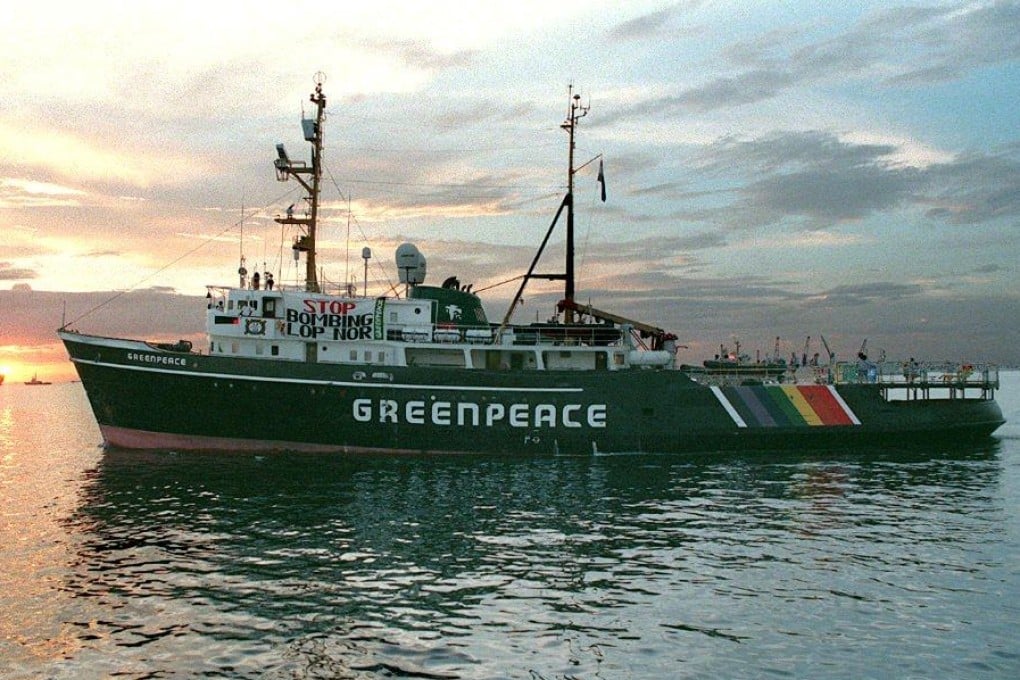Advertisement
When nuclear tests in Xinjiang put China and Greenpeace on a collision course
- Greenpeace took issue with the nuclear tests at Lop Nor in 1996, but China’s foreign ministry called the campaign group’s objections ‘entirely unreasonable’
- Insult was added to injury for Greenpeace representatives after they arrived in Hong Kong when governor Chris Pattern was too busy to meet them
Reading Time:1 minute
Why you can trust SCMP

“China is on a collision course with the environmentalist protection group Greenpeace over nuclear tests it still plans to carry out in Xinjiang,” the South China Morning Post reported on May 15, 1996.
“The so-called protest from the Greenpeace organisation is entirely unreasonable,” Cui Tiankai, a spokesman for the foreign ministry, was quoted as saying in the report, which added that “Beijing is widely expected to carry out two explosions at its Lop Nor test site in Xinjiang either this month or next, and again over September and October.”
On June 6, the Post reported the MV Greenpeace, a 58-metre converted tugboat carrying 32 passengers from 18 countries, would make a three-day stopover in Manila, where it would host a meeting for locally based diplomats of nuclear-weapons states. But “despite lengthy negotiations between campaigners and Chinese diplomats”, the paper reported on June 8 that “Greenpeace has not yet obtained permission to dock at China’s largest port [Shanghai].”
Advertisement
“Mei Ng Fong Siu-mei, local director of Friends of the Earth in Hong Kong, disapproved of the strategy,” according to a Post report on June 14. “They have to understand the cultural mentality of the country first,” she said.

By June 16, having arrived in Hong Kong, Greenpeace faced one last affront to its mission, the Post reporting that a Government House spokesman said “[Governor Chris] Patten had received a belated invitation, but was busy during the long weekend and declined, with regrets.”
Advertisement
Advertisement
Select Voice
Choose your listening speed
Get through articles 2x faster
1.25x
250 WPM
Slow
Average
Fast
1.25x